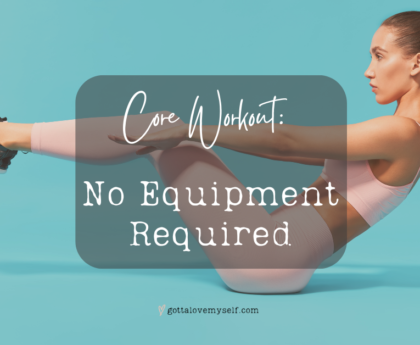This website may earn a commission from purchases made through affiliate links.
Preventing shoulder pain effectively involves maintaining good posture. Poor posture can be caused by various factors, particularly those related to job activities.
Common causes of shoulder pain include:
Sitting for long periods, especially in front of a computer, can lead to slouched shoulders and forward head posture. This posture strains the upper back, shoulders, and neck. Jobs requiring repetitive arm and shoulder movements, such as typing or assembly line work, can lead to overuse injuries.
Poorly set up workstations can force the body into unnatural positions, leading to muscle imbalances and pain. Jobs that involve lifting heavy objects without proper form can strain the shoulder muscles and joints.
These issues often result in muscle imbalances, where certain muscles become overly tight while others weaken, leading to pain and dysfunction.
Here is a fool-proof way to fix your posture and reduce shoulder pain

Self-Myofascial Release (SMR)
Start with self-myofascial release to address trigger points, which are adhesions or knots in your muscles causing tightness. If your shoulder is the problematic area, tightness in your chest and lats can lead to a rounded upper back, or kyphosis, resulting in an upper crossed syndrome.
This condition can cause low back pain and headaches due to tightened muscles, nerves, and blood vessels, which impede proper muscle function and nutrient flow.
Trigger Points:
Release the muscles to increase flexibility and range of motion. Focus on the chest, lats, and diaphragm (upper abs).
SMR Lats
SMR Chest
Work Your Core
After addressing the trigger points, the next step is to engage your core muscles, which are connected to the spine. Loosened diaphragm and upper abs will allow more effective core strengthening. Your core muscles should be activated before moving on to strength training.
Core Exercises:
Cobra
Bird Dog
Strengthen Your Muscles
With your core activated, strengthen the lower traps to balance the tension between the front and back muscles. Simply releasing tight muscles isn’t enough; you must follow up with strength training to prevent muscles from reverting to their old positions, which cause knots.
Strength Exercises:
High Row
The Full Program
To prevent shoulder pain and maintain good posture, follow this comprehensive program:
Trigger Points: Start with self-myofascial release to loosen tight muscles.
Core Training: Activate the core muscles with targeted exercises.
Strength Training: Strengthen the muscles to ensure balanced muscle tension.
By consistently following this routine, you will improve and maintain good posture, reducing the risk of shoulder pain and related issues.
Are you loving the health, wellness, and personal growth content on our blog? Want to take your journey to the next level? Look no further! Our weekly newsletter is packed with personalized tips, mouthwatering recipes, insightful articles, and fitness secrets.

As a passionate personal trainer, women's fitness specialist, life coach, and nutrition coach, I am dedicated to helping you achieve your health and fitness goals. With years of experience in the fitness industry, I am committed to empowering and guiding you on your journey toward a healthier, happier you. Let's work together to create a sustainable, balanced approach to fitness, nutrition, and overall well-being. Get ready to transform your life!




